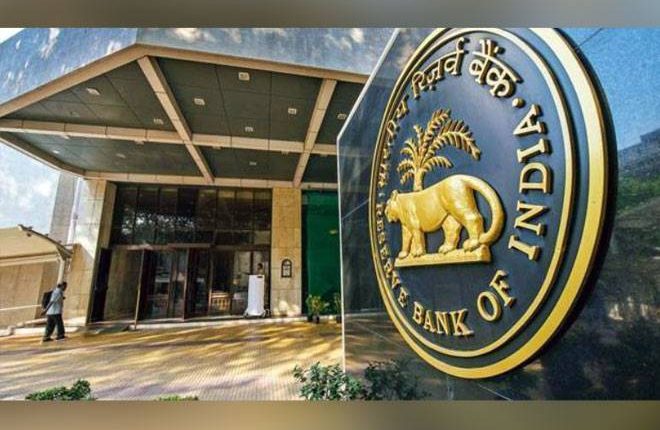The Reserve bank of India (RBI) has maintained its hard stance against cryptocurrencies for a long time, and in Budget 2022 (which was presented by Finance Minister Nirmala Sitharaman earlier this year), it was mentioned that the institution was going to issue the country’s very own digital Rupee using blockchain and other technologies. While we are yet to get the digital rupee, the RBI informed on Friday that it would soon commence the pilot launch of the digital Rupee (referred to as e₹) for specific use cases.
In a concept note, the RBI explored the choices, benefits and risks of issuing a Central Bank Digital Currency (CBDC) in India. For the uninitiated, it is a form of digital currency that is issued by a central bank – which, in India’s case, is the RBI – and can be token-based or account-based. This currency can later be converted into paper currency at any time, and will reflect on the RBI’s balance sheet, thereby granting it legal tender status.
In the concept note, the RBI lays down the advantages that a CBDC brings to the table. These advantages include the “reduction in operational costs involved in physical cash management, fostering financial inclusion, bringing resilience, efficiency, and innovation in the payments system, adding efficiency to the settlement system, boosting innovation in cross-border payments space and providing Concept Note on CBDC 7 public with uses that any private virtual currencies can provide, without the associated risks. The use of offline feature in CBDC would also be beneficial in remote locations and offer availability and resilience benefits when electrical power or mobile network is not available.”
The concept note also aims to create awareness about CBDCs in general and the planned features of the digital Rupee, along with how the RBI is going to approach the introduction of the e₹. According to the RBI, this approach is “governed by two basic considerations – to create a digital Rupee that is as close as possible to a paper currency and to manage the process of introducing digital Rupee in a seamless manner.” The digital Rupee will not, of course, replace the existing payment systems, instead, it will open up a new method of payment for users.
According to the RBI, the e₹ is expected to boost the digital economy of the country, contribute to advancing financial inclusion, and make the monetary and payment systems more efficient. It also claimed that the CBDC, being a sovereign currency, holds unique advantages of central bank money, specially trust, safety, liquidity, settlement finality and integrity.
Should the digital Rupee be finally introduced, the RBI has to look into related logistics. The internet and smartphones are yet to reach the majority of the population in the country, and as of 2022, the digital penetration in India stands at 47%.
While the RBI did not provide a definite timeline for the pilot launch or the introduction of the digital Rupee, it is expected that the CBDC of the country will be launched this financial year that ends March 31, 2023. Once the extent and scope of the pilot launches expand, the RBI will continue to inform about the features and benefits that the e₹ boasts of.
The Tech Portal is published by Blue Box Media Private Limited. Our investors have no influence over our reporting. Read our full Ownership and Funding Disclosure →






